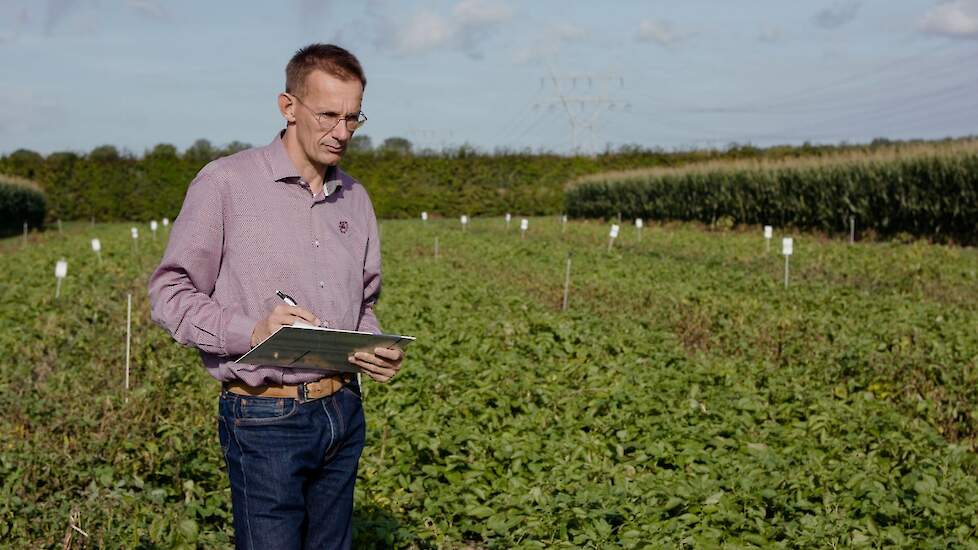In the area of haulm reduction and harvesting, the agricultural engineering industry is still under great pressure to revise existing solutions and at the same time to break new ground, driven by agricultural legislation and digitization.

Haul removal: where is the development going?
Farmers are increasingly turning to haulm topper again. Due to the elimination of the active ingredient deiquat, the methods of combating weed have shrunk enormously and other active ingredients do not achieve the same effect. After all, modern haulm toppers combine many good properties, such as even chopping of the haulm, targeted placement in the furrows and an adjustable working height.

In addition, there is a growing desire for larger working widths in order to reduce the risk of soil compaction and exposed tubers. Ultimately, this affects the number of crossings. In crops with weeds, the remaining siccatives can be better used in connection with a row treatment and the application rate can be reduced. The haulm topper is also a key machine for alternative haulm reduction methods, because weed burners or haulm pluckers can be used more efficiently in haulm-harmed stands. The use of electricity for weed reduction is currently being tested.
Harvest: what awaits us?
The protection of the tubers still has the highest priority during the harvest. For this reason, the use of hydraulic drives, including fully hydraulic models, is increasing rapidly, as this makes it significantly easier to set the pods gently, even with one- and two-row harvesters.
The integration of sensors also enables largely automatic adaptation to changing operating conditions and relieves the driver. However, the complexity of the control terminal increases with the number of sensors. The manufacturers want to counteract this danger with driver-related individualisation. In this way, individual machine parameters can be defined and called up as required.
Harvest potatoes digitally too?
In the field of digitization, the data transfer from the harvester to mobile devices is the approach to support, monitor and document the harvesting work. Manufacturer-independent systems have a clear advantage here in order to network different machines or to bill certain services as wage work. The development of practical solutions for yield mapping is also being pursued in order to use this data to evaluate site-specific measures.
Precise plant protection: what has often been lacking up to now
This applies to sensors on harvesters, licenses on tractor displays or ISOBUS-capable rate controllers. Local dealers, manufacturers or suppliers of agricultural machinery who want to sell their own solutions often also play an important role. “This is how expensive terminals or GPS antennas that are not necessary are sold,” says Peter R. Müller, Managing Director of Bayer. Sometimes there is a lack of understanding for other brands and suppliers.
FieldView, for example, does not work with the Agrirouter . On the other hand, many growers have been securing yield data for years. Occasionally they also use machine-generated data for the application, often for documentation . Too often, however, the display is wiped once a year. Data is constantly being collected or maps created. However, many users have not used it much for further work to date. Multi-year field data show direct effects. They usually offer an introduction to site-specific management.

